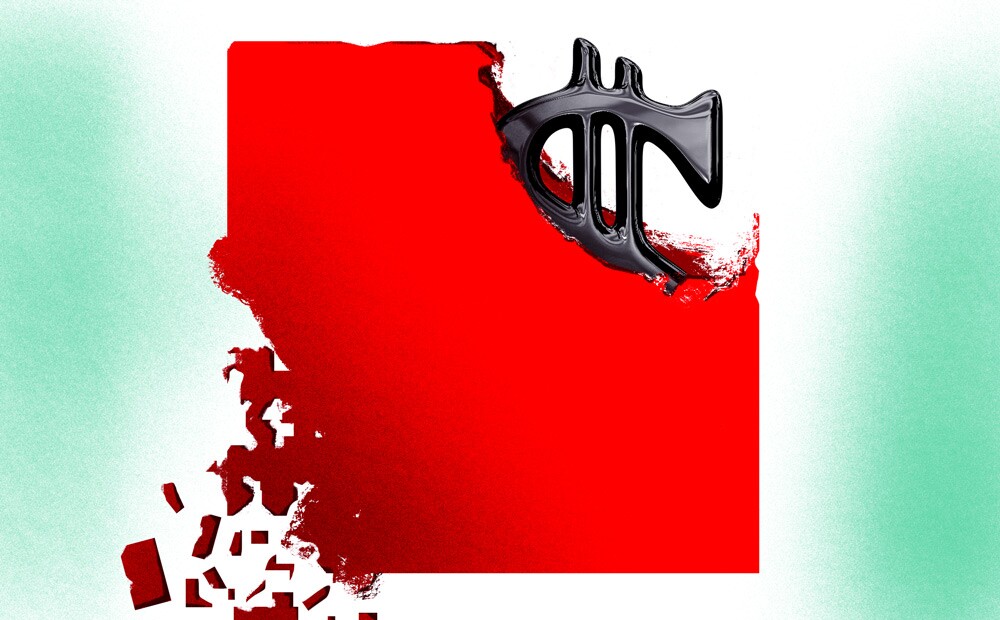University and college endowments pioneered the use of alternative investments — and now they may be suffering for it.
“For funds with alts allocations of up to about 40 percent of total assets, the story is the same as for the public funds,” according to Richard Ennis, retired chairman of consultant EnnisKnupp. “(1) Alts detract from performance and (2) the more you have, the worse you do.”
In a new paper published Wednesday, Ennis said that endowments ranging in size from less than $25 million all the way up to $1 billion lost about 20 basis points in alpha for every 10 percent of assets invested in alternatives over the 11-year period ending June 30, 2019. “A 40 percent alts allocation results in a penalty of 79 bps,” he wrote.
Endowments larger than $1 billion did better over the same time period — but still underperformed benchmarks as a whole.
”There is arguably an indication of skill among at least some of the practitioners of alternative investing,” Ennis wrote. “Anecdotally, three (and only three) stand out with positive total fund alphas of greater than a percentage point” — MIT, Bowdoin College and Michigan State University. “All maintain alts allocations of 55 percent or more and, yet, achieved alphas at the total fund level of +2.07 percent, +2.03 percent, and +1.39 percent, respectively,” he continued. “Alas, even these fetching figures do not rise to the level of statistical significance.”
[II Deep Dive: The ‘Inconvenient Fact’ Behind Private Equity Outperformance]
Ennis set out to study why endowments have been underperforming passive benchmarks, including evaluating the role of equities, the size of portfolios, how reliant funds are on alternatives, and the use of growth and value investing styles. The answer was alternatives. “This paper underscores the fact that diversification with high cost is a recipe for failure,” he wrote.
In an interview with Institutional Investor, Ennis explained that alternatives have changed considerably since endowments and others first plowed into them en masse in the early 2000s.
“Tremendous amounts of money flowed into what were once tiny markets — $100 billion in hedge funds, $100 billion in private equity,” he said. “Now that’s about $3 trillion. Twenty five years ago, they were doing 50 LBO [leveraged buy-out] deals a year. Now 3,000 LBOs are done a year.”
When less liquid areas like private equity become what Ennis called “liquified,” asset prices behave more like those in public markets. “That’s why the diversification effect disappears,” he said. “The markets become more efficient and what you wind up with is alpha” — risk-adjusted returns over a benchmark — “that is equal to your costs.”
Alternatives may be to blame now, but endowments underperformed long before they started investing heavily in private equity and hedge funds. Over the last 50 years, the average endowment earned 8.5 percent annually. A passive 60/40 portfolio of stocks and bonds earned 9.3 percent, according to statistics from Dennis Hammond that Ennis cited in his study.
The 60/40 portfolio was triumphant in four of the five decades that Hammond looked at. Only the ten-year period ending in 2009 was different. “That decade coincides with the glory days of the endowment style of investing,” Ennis wrote.
Despite increasing evidence that alternatives are not a panacea for portfolios, investors have continued to move into private equity and other asset classes. Asked why, Ennis paraphrased Upton Sinclair: “You can’t convince a man to believe something that he gets a paycheck not to believe.”







